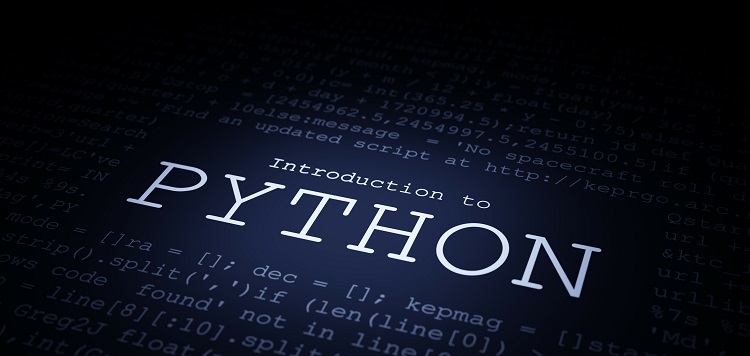Blockchain technology has been one of the most significant innovations of the 21st century. It was first introduced in 2008 by Satoshi Nakamoto. Blockchain is a decentralized digital ledger that records transactions in a secure and transparent way. It has become a buzzword in the technology industry and is widely used in various applications such as cryptocurrency, supply chain management, and more. Python, on the other hand, is a popular programming language that is widely used for various applications including web development, scientific computing, artificial intelligence, and data analysis. Python’s ease of use, readability, and versatility make it a popular choice for developers around the world.
Components of a blockchain include blocks, the blockchain itself, and mining
To build a blockchain, we need to define the following components: Blocks, Blockchain, and Mining. Blocks are the data structures that store transactional data along with other relevant information in the blockchain network. They are linked together in a chain-like structure, forming the blockchain. The blockchain itself refers to the complete record of all the transactions that have ever been conducted on the network, stored in a distributed manner across all nodes in the network. Mining is the process of creating new blocks and verifying transactions by solving complex mathematical problems using computational power. The mining process is essential for maintaining the integrity and security of the blockchain network.
Python as a Programming Language: Its Significance and Applications
Python is known for its simplicity, readability, and extensive collection of libraries and modules, which makes it a popular choice for building blockchain applications. As an interpreted language, Python does not require compilation, resulting in faster and more efficient development. Additionally, Python provides built-in support for mathematical operations and cryptographic functions required in blockchain development. Python is used in blockchain for various applications, including generating keys, interacting with smart contracts, building decentralized applications, and much more.
Simple implementation of a blockchain using Python
Here’s a simple implementation of a blockchain using Python that demonstrates the essential components of the blockchain. The code is written in Python 3 and requires the `hashlib` and `json` libraries.
The Blockchain class is at the core of the implementation as it defines the essential functionalities of the blockchain. The class includes the following methods:
– __init__(): Initializes the class with an empty list of blocks and an empty list of transactions.
– create_block(): Creates a new block with the given proof, adds it to the chain, and returns the new block.
– get_previous_block(): Returns the previous block in the chain.
– proof_of_work(): Generates a new valid proof of work by incrementing a counter until a valid proof is found.
– hash(): Takes a block and returns its SHA-256 hash value.
– valid_proof(): Checks whether the generated proof is valid or not.
– add_transaction(): Adds a new transaction to the transaction list.
Creating a new block and adding it to the chain can be done with the create_block() method
The create_block() method creates a new block and adds it to the chain. It takes two arguments: the proof, which is generated by the proof_of_work() method and the previous_hash, which is the hash value of the previous block. The newly created block has four attributes: index, timestamp, proof, and previous_hash.
Generating SHA-256 hash value with hash() method
The `hash()` method takes a block as an argument and returns its SHA-256 hash value. It uses the `hashlib` library to generate the hash value. The hash value is used to ensure the integrity and security of the blockchain. Any changes made to the block will result in a different hash value.
Generating proof of work with the proof_of_work() method
The proof_of_work() method generates a new proof of work by incrementing a counter until a valid proof is found. The proof of work is a computational puzzle that miners need to solve to create new blocks and validate transactions. The difficulty level of the proof of work is adjusted according to the performance of the network. The lower the performance, the easier the puzzle, and vice versa.
The `valid_proof()` method checks whether the generated proof is valid or not. It takes the previous proof and the current proof as arguments and calculates the hash value using the hashlib library. The method returns True if the hash value has four leading zeros, indicating that the puzzle has been solved.
In conclusion, we have provided a simple implementation of a blockchain using Python to demonstrate the essential components of a blockchain. Python’s ease-of-use, readability, and versatility make it an ideal language for building blockchain applications. The Blockchain class defines the core functionalities of the blockchain, and the create_block(), hash(), proof_of_work(), and valid_proof() methods provide the necessary functionality for building a blockchain. While this implementation serves as a basic example, it provides a strong foundation for more complex blockchain projects in the future. Thank you for reading!

